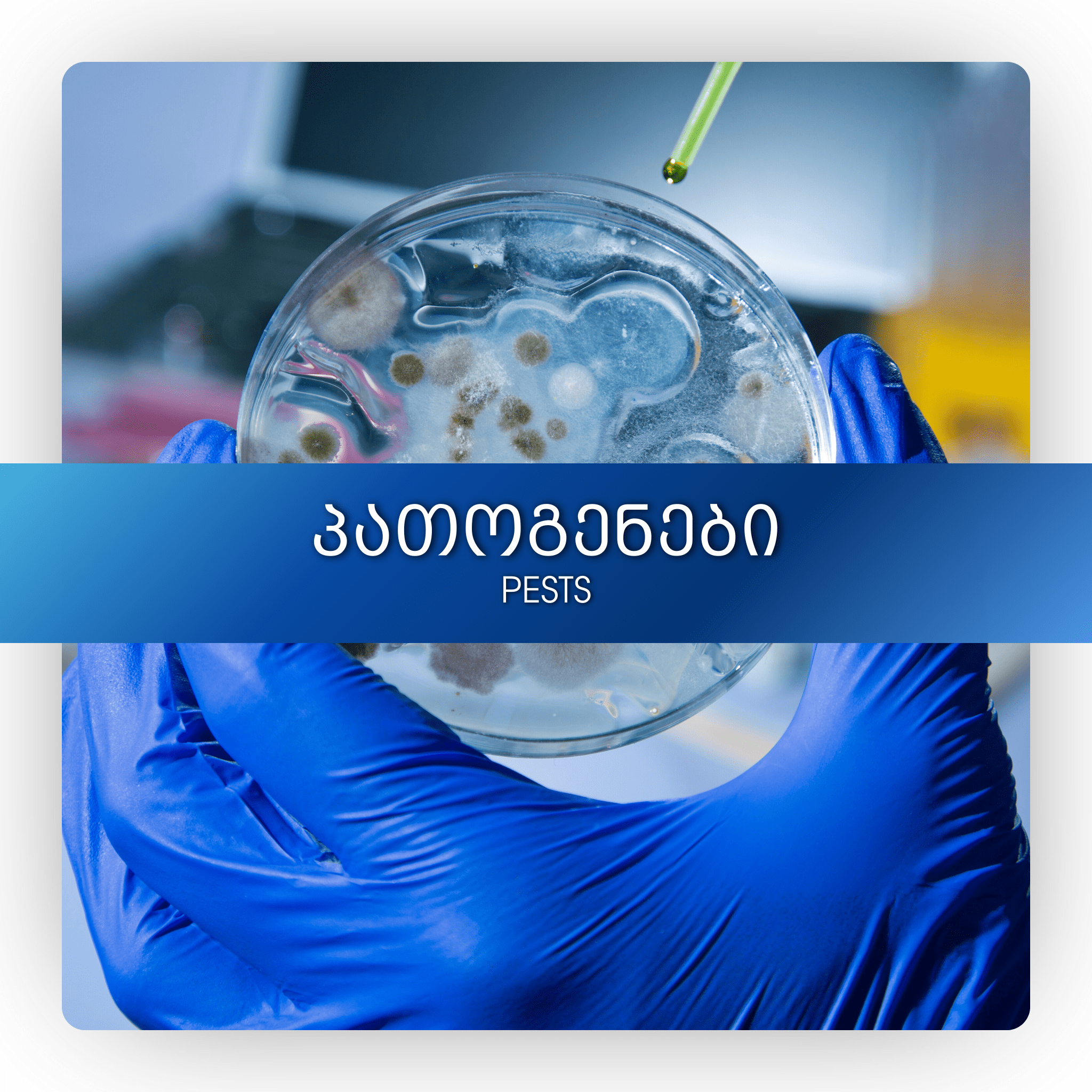Pathogens
A pathogen is an organism that causes disease.Your body is naturally full of microbes. However, these microbes only cause a problem if your immune system is weakened or if they manage to enter a normally sterile part of your body.All a pathogen needs to thrive and survive is a host. Once the pathogen sets itself up in a host’s body, it manages to avoid the body’s immune responses and uses the body’s resources to replicate.
Pathogens can be transmitted a few ways depending on the type. They can be spread through skin contact, bodily fluids, airborne particles, contact with feces, and touching a surface touched by an infected person.
Types of pathogens
Viruses
Viruses are made up of a piece of genetic code, such as DNA or RNA, and protected by a coating of protein. Once you’re infected, viruses invade host cells within your body. They then use the components of the host cell to replicate, producing more viruses.After the replication cycle is complete, these new viruses are released from the host cell. This usually damages or destroys the infected cells.
Antibiotics do not kill viruses and therefore are ineffective as a treatment for viral infections. Antiviral medications can sometimes be used, depending on the virus.
Common viral diseases are:
1. Hepatitis
2. Herpes warts
3. Noroviruses
4. Yellow fever
5. Ebola
6. Flu
7. Measles
8. Tetanus
9. Typhoid
Bacteria
Bacteria are microorganisms made of a single cell. They are very diverse, have a variety of shapes and features, and have the ability to live in just about any environment, including in and on your body. Not all bacteria cause infections. Those that can are called pathogenic bacteria.
Your body can be more prone to bacterial infections when your immune system is compromised by a virus. The disease state caused by a virus enables normally harmless bacteria to become pathogenic.
Antibiotics are used to treat bacterial infections. Some strains of bacteria have become resistant to antibiotics, making them difficult to treat. This can happen naturally, but also happens because of the overuse of antibiotics.
Common bacterial diseases are:
1. Tuberculosis
2. Anthrax (Siberian ulcer)
3. Staphylococcus
4. Typhus
5. Salmonella
6. Urinary tract infection
7. Streptococcus of the throat
8. Stomach ulcer
9. Tularemia
Fungi
There are millions of different fungal species on Earth. Just 300Trusted Source or so are known to cause sickness. Fungi can be found just about everywhere. They cause infection when they overgrow.
Fungi cells contain a nucleus and other components protected by a membrane and a thick cell wall. Their structure can make them harder to kill.
Common fungal diseases are:
1. Ringworm (tinea infections)
2. Pneumonia
3. Candidasis
4. Yeast infections
5. Histoplasmosis
6. Cryptococcosis
Parasites
Parasites are organisms that behave like tiny animals, living in or on a host and feeding from or at the expense of the host. Though parasitic infections are more common in tropical and subtropical regions, they can occur anywhere. They can be spread several ways, including through contaminated soil, water, food, and blood, as well as through sexual contact and via insect bites.
Three main types of parasites can cause disease in humans. These include:
Protozoa- are single-celled organisms that can live and reproduce inside your body
Common protozoan diseases are:
1. Malaria
2. Chagas disease
3. Giardiasis
4. Cryptosporidiosis
Helminths- are larger, multi-celled organisms that can live inside or outside your body and are commonly known as worms
Ectoparasites- are multi-celled organisms that live on or feed off your skin, including some insects, such as ticks and mosquitos.
